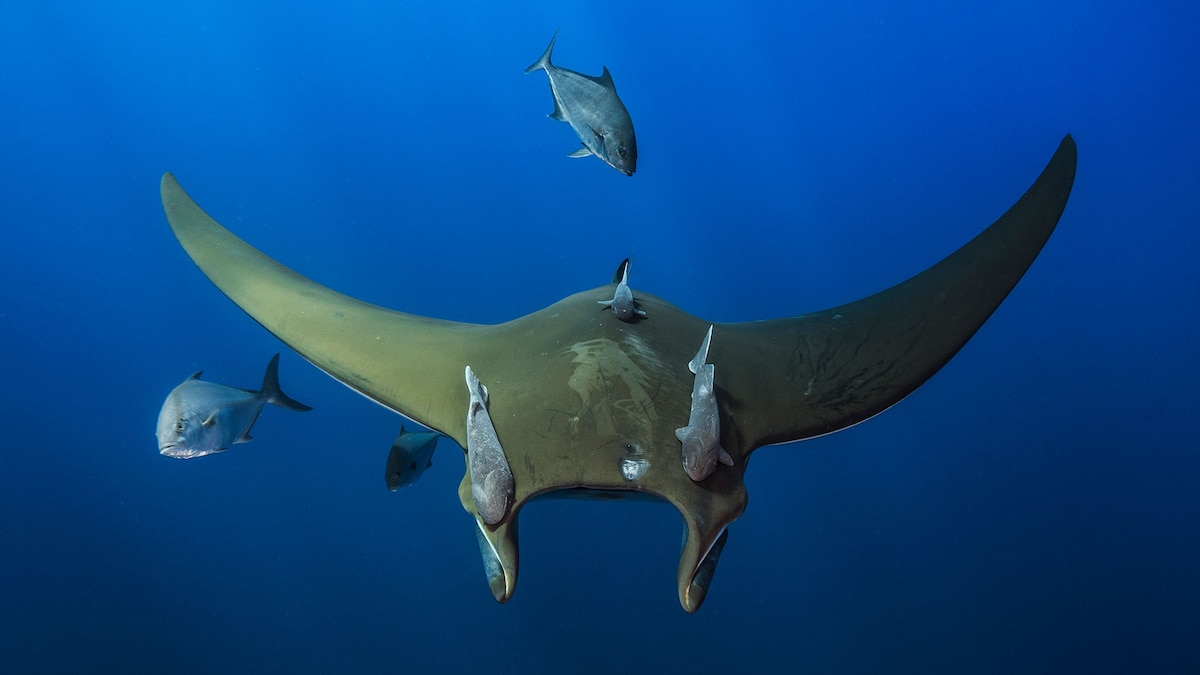Now Reading: Sharktopus and Other Animals That Hitchhike on Their Own Kind
-
01
Sharktopus and Other Animals That Hitchhike on Their Own Kind
Sharktopus and Other Animals That Hitchhike on Their Own Kind

Rapid Summary
- Scientist Rochelle constantine and her team witnessed a rare phenomenon in New Zealand’s Hauraki Gulf: a nine-foot-long mako shark spotted with an orange octopus clinging to its head.
- The duo, nicknamed “sharktopus,” swam off after 10 minutes of observation. Researchers are unclear if this event was phoresy-a biological behavior where one animal hitches a ride on another-or merely accidental.
- Mako sharks typically inhabit mid-water zones, while New Zealand octopuses live mostly on the seafloor. Their interaction remains unexplained.
- Phoresy is common across many species for dispersal or mating purposes but rarely seen among predators and prey like sharks and octopuses. Examples include remoras hitching rides on whale sharks or mites using birds as transport between flowers.
Indian Opinion Analysis
The discovery of the “sharktopus” exemplifies how nature can surprise researchers even after decades of study, underscoring gaps in marine biology knowledge about interspecies interactions. This incident also highlights the challenges scientists face when exploring underwater ecosystems-an area that remains vastly underrepresented compared to terrestrial observations of phoresy.
For India,this discovery ties back to broader questions about understanding our own marine biodiversity and habitats along coastal regions such as the Indian Ocean. Events like these encourage scientific investigations into phenomena previously considered improbable, emphasizing India’s need for expanded research infrastructure and interdisciplinary studies to uncover similar behaviors within its rich aquatic ecosystem.Read More



























